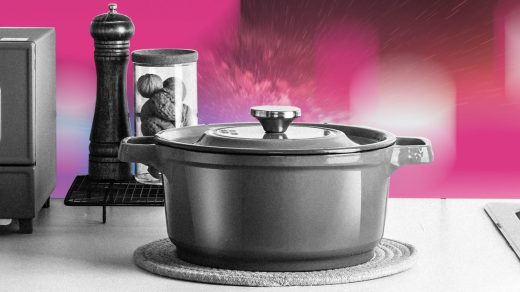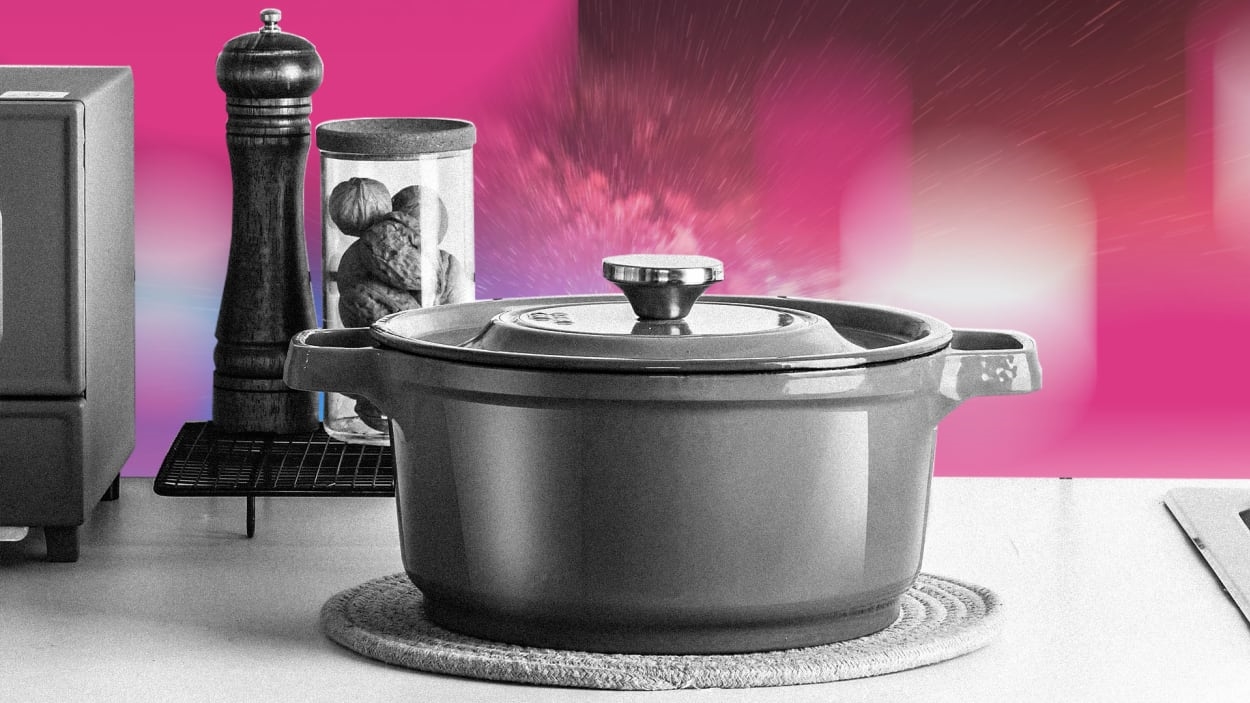Why the home cook is once again the real star of the kitchen
By Francine Maroukian
Although I spent decades interviewing chefs and am grateful for all they taught me about the culture of the kitchen, I’ve always had a soft spot for home cooks. Not the ring-lit bloggers making food for the camera, but those responsible for feeding folks on a regular basis, those who know firsthand that home cooking is not a beauty contest but an endurance race. These are my people.
During the dark days of the pandemic, I was happy to see the spotlight finally turn to home cooks and their unfiltered view of day-after-day food. Following decades of being undervalued because of celebrity chefs and unrealistic magazine and blogger perfectionism, their practicality and ingenuity brought structure to our kitchens amid the turbulence of the world.
During the initial lockdown, when restaurants were closed, and grocery supplies became unpredictable, home cooks shared their endless inventiveness as they traded recipes and ideas about how to feed families, friends, and neighbors. One roasted Turkish spiced garbanzo bean recipe (a side dish for just about anything as well as a base for fried Halloumi or eggs) flew around the country among my friends and at this point any one of us could make it in our sleep.
For me, and for others I know—many connected in some way to the food or hospitality industries—the result of that COVID-19-era kitchen chaos is a righting of what it truly means to be a home cook. Like Peloton bikes that are now coat racks, those expensive and labor-intensive cooking projects used as diversions during the pandemic are no longer front and center in the kitchen. Instead, we have become more understanding about the meaningful everydayness of food, an engaging honesty born out of our growing need for practicality.
Second-step cooking
After years of living under culinary tyranny, being told that an ingredient must be “local” or “artisanal” to be of any value, we had to scramble during the pandemic to get canned anything—and feeling lucky when we scored. Those days brought home the truth that stocking a pantry is nothing new—it has always been the domain of the home cook. Most of us can remember our parents or grandparents being able to make a meal out of whatever was on hand, because old-fashioned home cooks have always used frozen, canned, and long-shelf-life foods as a natural part of what makes a kitchen work. And inheriting this willingness to use what works dish-by-dish without judgment liberates us into a world of pantry shortcuts: what I call “second-step” cooking.
Distantly related to icons like Hamburger Helper, introduced during the economic crunch of 1971 to stretch a minimum amount of meat into more servings, these new cornerstone pantry products are more “craft” in concept, manufactured with a different (higher) standard of commercial production, often with less processing. As a result, either for economic reasons or simply not wanting to deal with shopping, even the best home cooks seem more willing to start with a prepared core, especially when it reflects their personal culinary standards or dietary restrictions.
In addition, many of these next-evolution products represent different ethnic and regional cuisines, introducing what might be unfamiliar flavors without a major investment of money or time spent tracking down long lists of hard-to find ingredients. Two of my favorites, discovered during lockdown and now part of my everyday pantry, are Omsom authentic sauce starters—what founders Vanessa and Kim Pham, first-generation Vietnamese American sisters, call “Proud, loud Asian home cooking”—and seasoned non-GMO beans cooked with avocado oil from A Dozen Cousins, representing traditional Creole, Caribbean, and Latin American flavors, what founder Ibraheem Basir calls “diverse foods with shared origins.”
The hybrid approach
This hybrid approach offers solutions that relieve the kitchen fatigue all home cooks periodically feel by allowing us to let go of the labor/time intensive first steps (like varied ingredient shopping that may require more than one stop and initial prep) and start with a quality base product. Yet we can still pour our local interest into the second step, shopping for finishing agents (like protein and produce) at green markets/specialty supermarkets, which gives us that “from scratch” energy.
This concept—balancing the need for convenience with our commitment to home cooking—has long roots. In the idealized domestic days following WW2, Betty Crocker’s first version of instant cake mix was made with powdered eggs and milk, requiring only the addition of water. It didn’t sell. Turns out the home cooks of that period felt like they were cheating. Then, the company reconfigured the mix so that it needed the addition of a fresh egg, and that homey gesture of cracking the egg on the side of the bowl and dropping it into the powder made all the difference: Now, that was baking.
As someone who has seen all sides of the home cooking dilemma—time, money, interest, abilities, physical limitations, other overwhelming family obligations, burn out—I still think we are standing on the edge of a truly gratifying era. The pandemic freed home cooks from the “quest for the best” and opened the door for us to use all available resources equally, a more productive, more plausible, more modern cooking mindset. It’s about time.
Francine Maroukian, two-time James Beard Award winner, is a former food and travel writer-turned-commercial-pragmatist, who now works as an operative researcher for C-suite executives in big retail.
(20)



